Arsenic occurs naturally in the environment, but it is also one of the most commonly found heavy metals in wastewater, deposited there by inappropriate disposal and arsenical pesticides, for example.
Whether by nature or contamination, an estimated 200 million people worldwide are exposed to the highly toxic inorganic form of arsenic at amounts in their drinking water above the 10 ppb (parts per billion) allowable levels set by the Environmental Protection Agency and the World Health Organization, including people in the US.
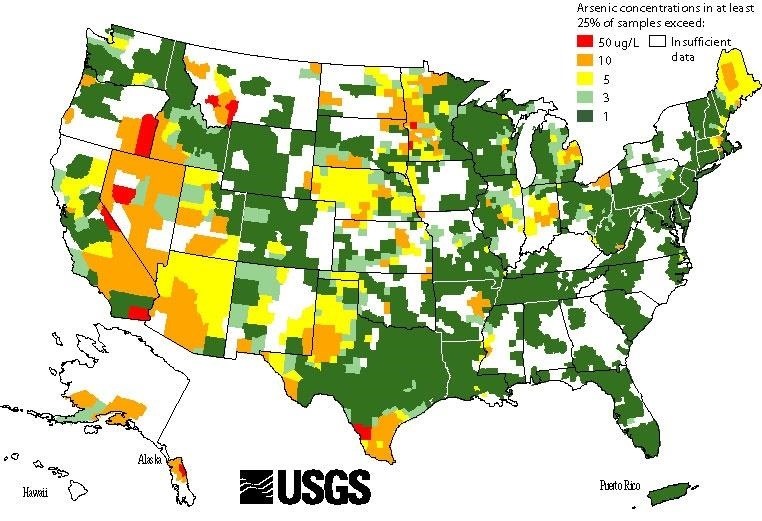
Even though 70% of ingested arsenic is excreted in the urine within a few days, both acute short-term exposure to high arsenic amounts and more chronic long-term exposure can have dire health consequences.
Yet another problem arsenic poses to "consumers" is the fact that it bioaccumlates within species, especially in freshwater and sea animals. The more exposure to arsenic an animal has, the more remains in their body—and any animal that eats an animal contaminated with arsenic is exposed to arsenic through that process.
However, arsenic is less toxic when it is converted to its organic or mineral form. According to a new study published in Nature Communications, a bacteria that dwells in a sponge called Theonella swinhoei protects the sponge from metal poisoning by doing just that.
T. swinhoei sponges feed by filtering seawater up to 50,000 times their body volume every day—resulting in their exposure to arsenic and barium levels higher than any other organism from an uncontaminated environment.
Entotheonella bacteria that inhabits the sponge actually causes arsenic and barium accumulation in the sponge. Then, the bacteria perform a highly unusual process—they mineralize the toxic metals and convert them into products that are not harmful to the sponge, or other sea life.
Even though the sponge has more toxic heavy metals than other organisms, the bacteria's detoxification process stops these harmful compounds from building up in lifeforms that eat the sponges.
"Sponges are eaten by turtles and worms, and even though they are exploding with arsenic, the bacteria renders them non-toxic," lead author Ray Keren, of Tel Aviv University, said in a press release. "They become biologically inert. It is a very unique biological model."
Arsenic's Bad Rep Has Some Positive Points
Arsenic has a long historical reputation as a poison that goes back to the Middle Ages, but in fact it has been used for beneficial purposes for centuries, too, most notably as a medical treatment and in industrial applications to kill pests.
Arsenic has been used in the medical field for a plethora of ills, but probably its most well-known medical use was to treat syphilis. Salvarsan, an arsenic compound discovered by Paul Ehrlich in the early 1900s, became the first drug that was effective against the disease that was safe enough to be given to humans.
A 1% potassium arsenite solution, called Fowler's solution, was first used as a general tonic and found its place as a treatment of psoriasis. Dermatology textbooks in the 1960s still recommended its use. Another arsenic compound, arsenic trioxide, was recently approved by the Food and Drug Administration to treat acute promyelocytic leukemia.
Industry has used arsenic for years in products like insecticides, herbicides, fungicides, algicides, sheep dips used to kill parasites, wood preservatives, and dyes.
There is no doubt, however, about the poisonous nature of arsenic. Large doses of arsenic, above 60,000 ppb in water, can cause nausea, vomiting, diarrhea, dehydration, shock, and death. People in Taiwan chronically exposed to well water containing 170–800 ppb develop gangrene of their extremities, known as "blackfoot disease."
And because arsenic naturally occurs in soil and water, plants absorb it as they grow, so we ingest some with our food. Rice is a leading dietary source of inorganic arsenic for two reasons: it is heavily consumed and it absorbs arsenic readily since it's grown in water.
The Food and Drug Administration has set guidelines and routinely monitors food to be sure stays within the acceptable ranges. For infant rice, the limit is 100 ppb of inorganic arsenic.
Arsenic poisoning is treated with chelation therapy—the use of drugs that bind to and inactivate the arsenic so it can be excreted, essentially pulling the arsenic from the body.
People with long-term exposure to arsenic in drinking water have skin disorders and increased risks for diabetes, high blood pressure, and several types of cancers, including skin, bladder, liver, and lung cancer. Because of the long period it takes for cancer to develop, the exact arsenic exposure that causes cancer is not known, but it may be that even drinking water levels slightly above the 10 ppb concentrations can cause cancer if consumed over many years.
It's this—the dangerous, cancerous, inorganic form of arsenic present throughout our ecosystems—that the Entotheonella bacterium in the sponges convert to a non-toxic organic form.
Whether the process that Entotheonella bacteria living in T. swinhoei sponges will provide more information we can use to protect ourselves against arsenic remains to be seen. For now, we know that some sea animals that feed on the sponges—and animals that feed on those animals— are protected from arsenic by one special bacteria.
Just updated your iPhone? You'll find new emoji, enhanced security, podcast transcripts, Apple Cash virtual numbers, and other useful features. There are even new additions hidden within Safari. Find out what's new and changed on your iPhone with the iOS 17.4 update.
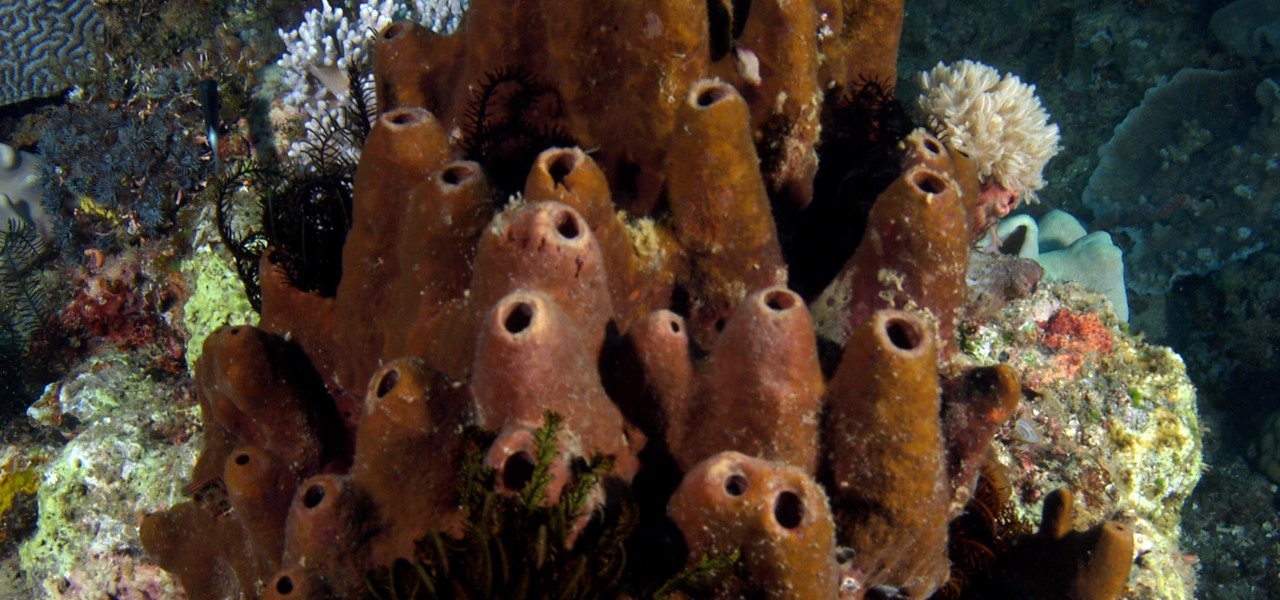






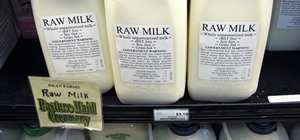












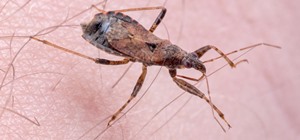



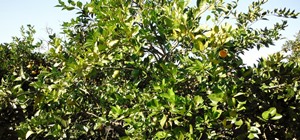
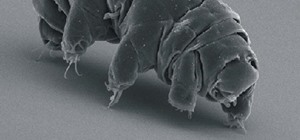

Be the First to Comment
Share Your Thoughts